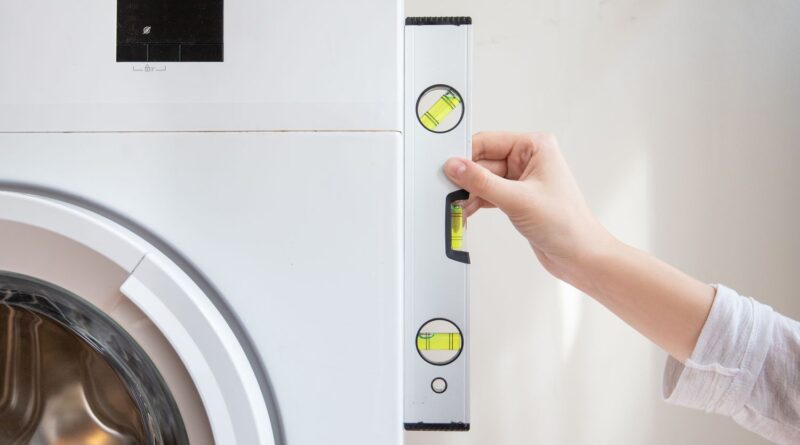Save Money with DIY Repairs: Mastering Washing Machine Troubleshooting
Introduction:
Washing machines are indispensable appliances that washing machine repair streamline our household chores. When these workhorses break down, the immediate instinct might be to call for professional help, but did you know that many common issues can be resolved with simple DIY repairs? In this guide, we will explore how mastering washing machine troubleshooting can not only save you money but also empower you to become a savvy home appliance repair enthusiast.
- No Power or Won’t Start:
The frustration of a washing machine refusing to start is a common issue. Before reaching for the phone, check the basics. Ensure the machine is plugged in, and the power outlet is functioning. If there’s still no power, investigate the circuit breaker for a tripped switch. Reset it and try starting the machine again. If the problem persists, consider examining the power cord and internal wiring for potential faults.
- Water Leaks:
Discovering water around your washing machine is a cause for concern, but it doesn’t always necessitate a professional repair. Start by inspecting the hoses connecting the machine to the water supply. Tighten any loose connections or replace damaged hoses. If the leaks persist, turn your attention to the door seal. Check for tears or foreign objects and ensure it’s properly seated. For persistent leaks, explore the pump and tub for potential issues.
- Excessive Vibration or Noise:
Unusual vibrations or loud noises during the wash cycle can be unsettling, but addressing them doesn’t always require a service call. Begin by ensuring the machine is level on the floor. Adjust the leveling feet if necessary. Examine the drum for any foreign objects, like coins or small articles of clothing, causing the noise. If the issue persists, delve into the possibility of a worn-out bearing or faulty shock absorbers, which may need replacement.
- Drainage Issues:
A washing machine struggling to drain water is a common headache. Take a DIY approach by checking for clogs in the drain hose or pump filter. Clear any debris and run a short cycle to test. If the problem persists, consider investigating the pump for blockages or potential malfunctions. Removing the pump and inspecting it for blockages can often lead to a quick resolution.
- Foul Odors:
Unpleasant odors emanating from your washing machine are often a result of neglect in its maintenance. Save money on expensive cleaners by running a hot water cycle with vinegar or a specialized washing machine cleaner. Leave the door ajar between cycles to allow air circulation and prevent mold growth. Regularly clean the detergent dispenser and rubber door seal to eliminate the root causes of foul smells.
- Clothes Not Getting Clean:
If your clothes aren’t emerging from the wash as clean as you’d like, resist the urge to call a professional immediately. Start by checking for overloading, as cramming too many clothes into the drum can impede proper cleaning. Ensure you’re using the right amount of detergent and choose the appropriate wash cycle for the load. If the problem persists, investigate the agitator or impeller for malfunctions, as these components may require replacement.
- Error Codes on Display:
Modern washing machines often display error codes to aid in troubleshooting. Consult your machine’s manual to decipher these codes and take appropriate action. Common error codes may indicate issues with sensors, motors, or electronic control boards. Try a simple reset to see if the problem resolves, but if the error persists, consider seeking professional assistance.
Conclusion:
Mastering washing machine troubleshooting is not only a money-saving skill but also an empowering one. Save money and time by taking a DIY approach to common washing machine issues. Always consult your machine’s manual for specific guidance and safety precautions. While DIY repairs can be effective for minor problems, it’s crucial to seek professional assistance for complex issues or if you’re unsure about your capabilities. With a proactive approach to troubleshooting, you can keep your washing machine running smoothly and enjoy the satisfaction of becoming a home appliance repair expert.




